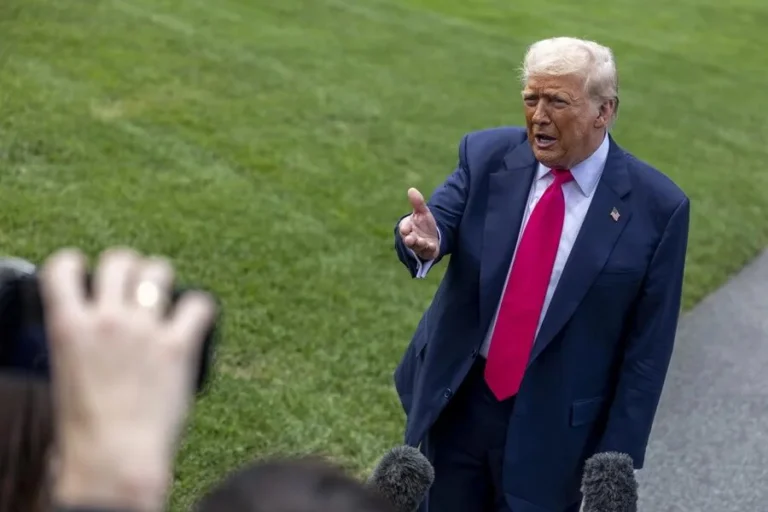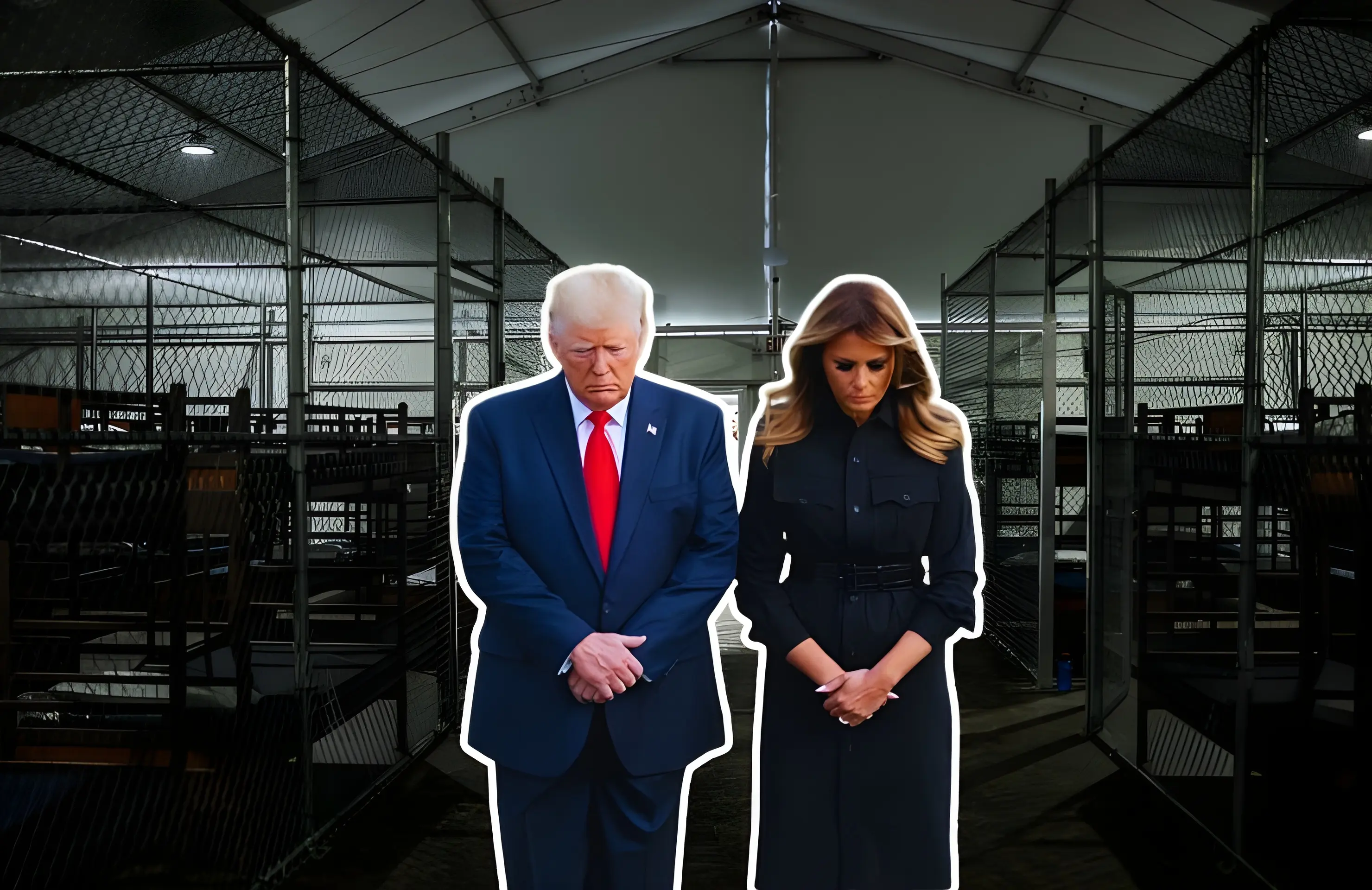Trump’s Ambiguous Ukraine Policy: No U.S. Boots on the Ground Amid Escalating Arms Support

Trump announces no boots on the ground in Ukraine but urges Europe to finance military aid.Photo:EFE.
July 15, 2025 Hour: 8:49 pm
President Donald Trump declares no American troops will deploy to Ukraine while unveiling a controversial plan to arm Kyiv through European allies and threatens harsh sanctions on Russia if peace is not achieved within 50 days.
Related:
Trump Threatens 100% Tariffs on Russia if No Ukraine Peace Deal Is Reached in 50 Days
In a gesture that mixes restraint with escalating engagement, U.S. President Donald Trump affirmed on July 15, 2025, that American soldiers will not be sent to fight in Ukraine, emphasizing a policy of avoiding direct combat involvement.
Simultaneously, Trump announced an aggressive new strategy to bolster Kyiv’s military capabilities by supplying advanced weapons,financed by European NATO allies,to sustain Ukraine’s resistance against Russian aggression.
Speaking to the press, Trump emphasized that the United States is deliberately keeping its soldiers out of the conflict, stating, “We are saving 5,000 or 6,000 soldiers a week; these are Russian and Ukrainian soldiers, not American soldiers, and we are not putting boots on the ground.” This stance underscores a political calculus to limit U.S. direct involvement while still influencing the war’s trajectory through proxy means.
A cornerstone of Trump’s recent approach involves shifting the financial and logistical burden of supplying Ukraine with armaments onto European partners. Trump disclosed a deal whereby NATO countries would purchase American-made weapons, including the sought-after Patriot missile systems, to rearm the Ukrainian military. “We are not going to pay for it ourselves,” Trump said bluntly, “We are going to manufacture it, and they (Europeans) will pay.”
This move represents a significant recalibration after earlier reluctance to provide offensive weaponry. It also raises concerns about expanding the conflict and deepening divisions between global power blocs.
In tandem with military support, Trump has issued a stern ultimatum to Moscow: reach a ceasefire agreement within 50 days or face crippling secondary sanctions, including 100% tariffs on Russia and penalties against third countries trading with Moscow, such as China and India. This economic pressure tactic is framed as a means to force de-escalation but risks exacerbating international tensions and global economic instability.
The Kremlin has responded cautiously, stating it needs time to analyze the proposals and deeming the U.S. president’s statements “very serious.” Russian officials remain firm on their objectives, indicating limited willingness to compromise under pressure.
.@POTUS' announcement yesterday about sending American-made weapons – paid for by Europeans – to Ukraine through NATO was welcome news.
— Lindsey Graham (@LindseyGrahamSC) July 15, 2025
Equally important was his statement that if the fighting had not ended in 50 days, he would impose up to 100% tariffs on countries buying…
Trump’s fluctuating approach reflects internal contradictions. While denying direct combat involvement, he is simultaneously escalating the war through proxy militarization and economic weaponization. His recent criticism of Russian President Vladimir Putin contrasts with earlier years of attempted rapprochement, signaling a hardening stance amid mounting political frustration.
As the war in Ukraine intensifies, Trump’s administration balances on a knife’s edge between avoiding direct American casualties and fueling a proxy battleground that threatens to further destabilize the region. The world watches anxiously as European nations prepare to pay for American arms under Washington’s calculated policy shift.
Author: YCL
Source: RT






